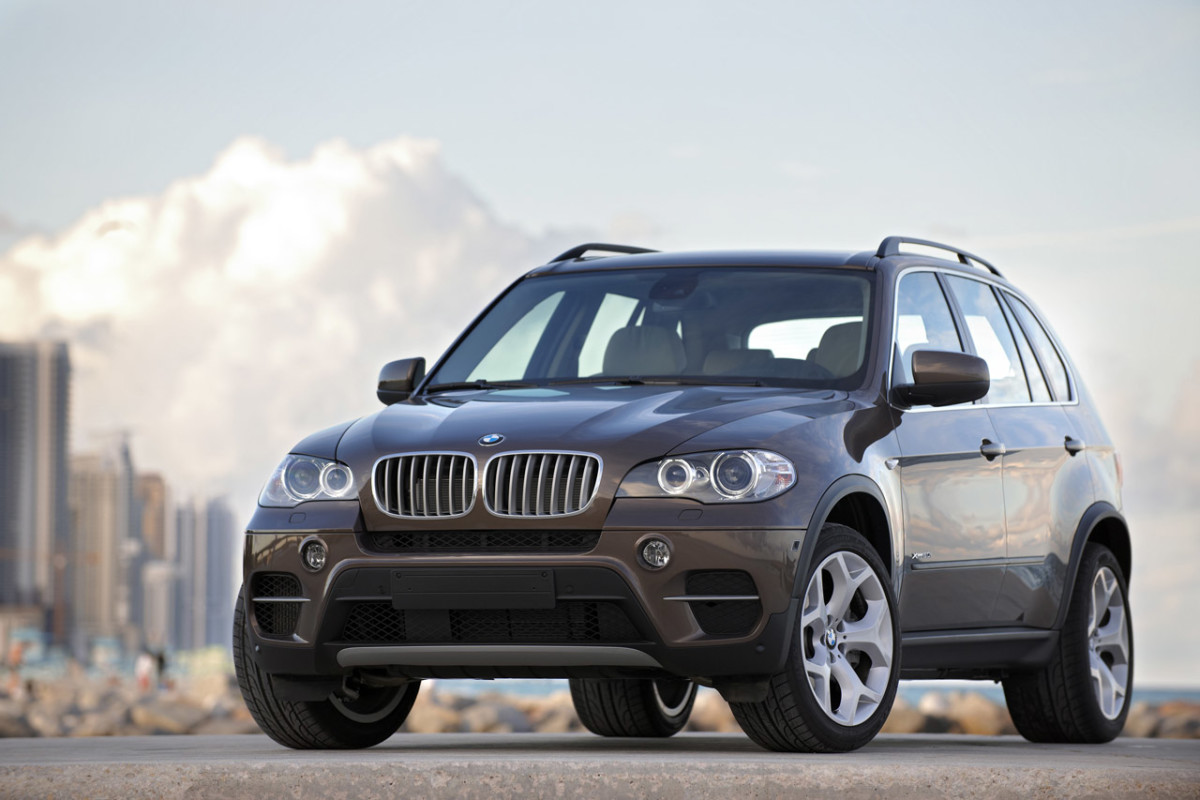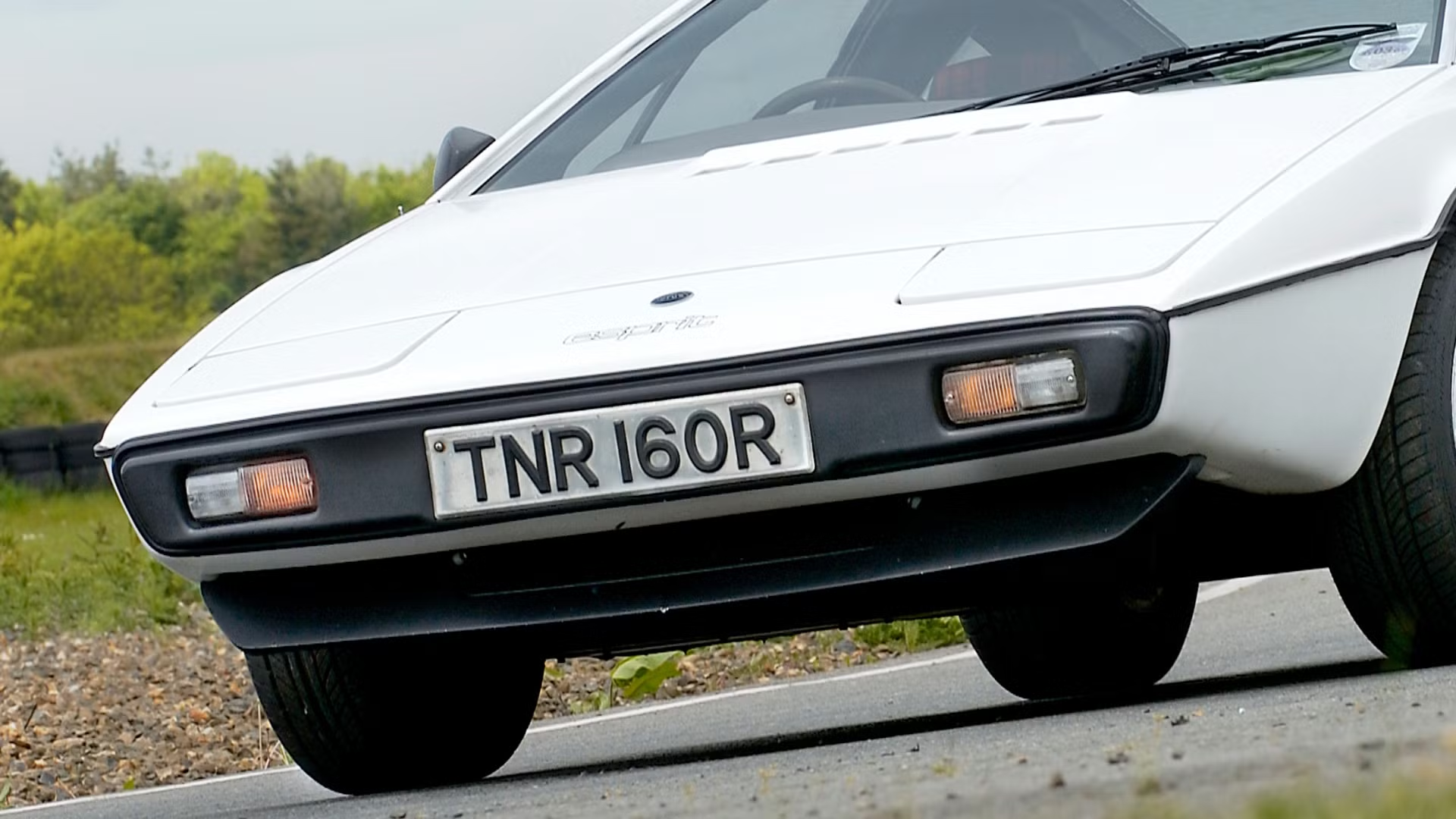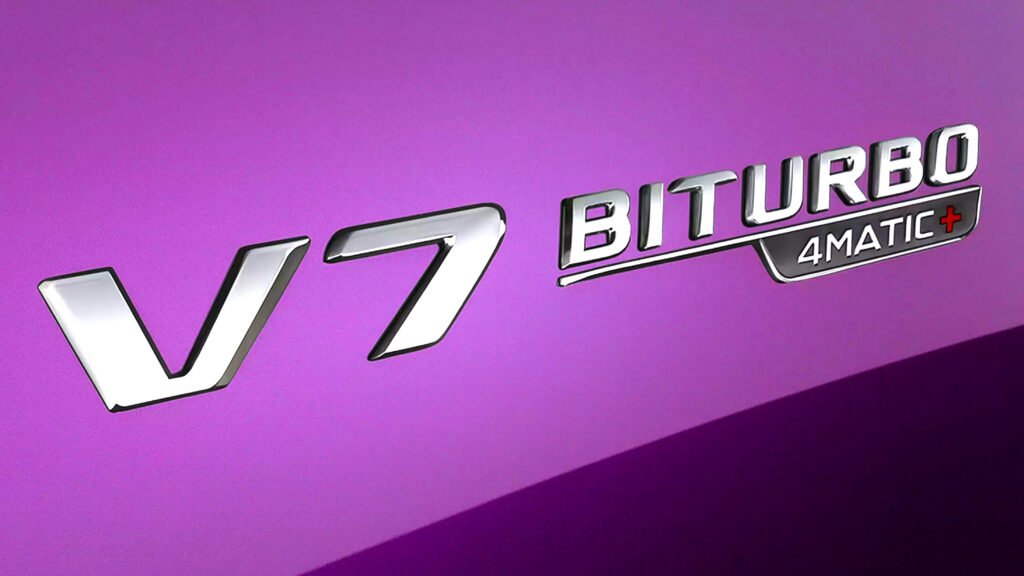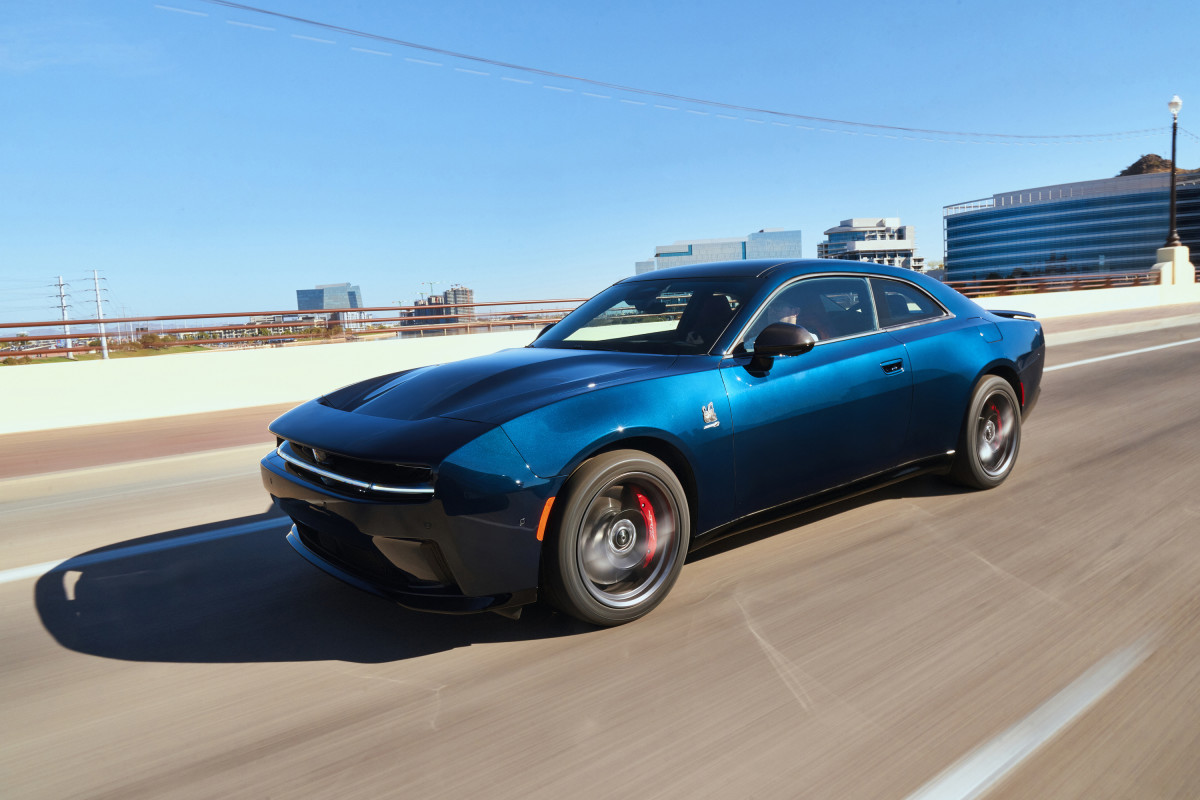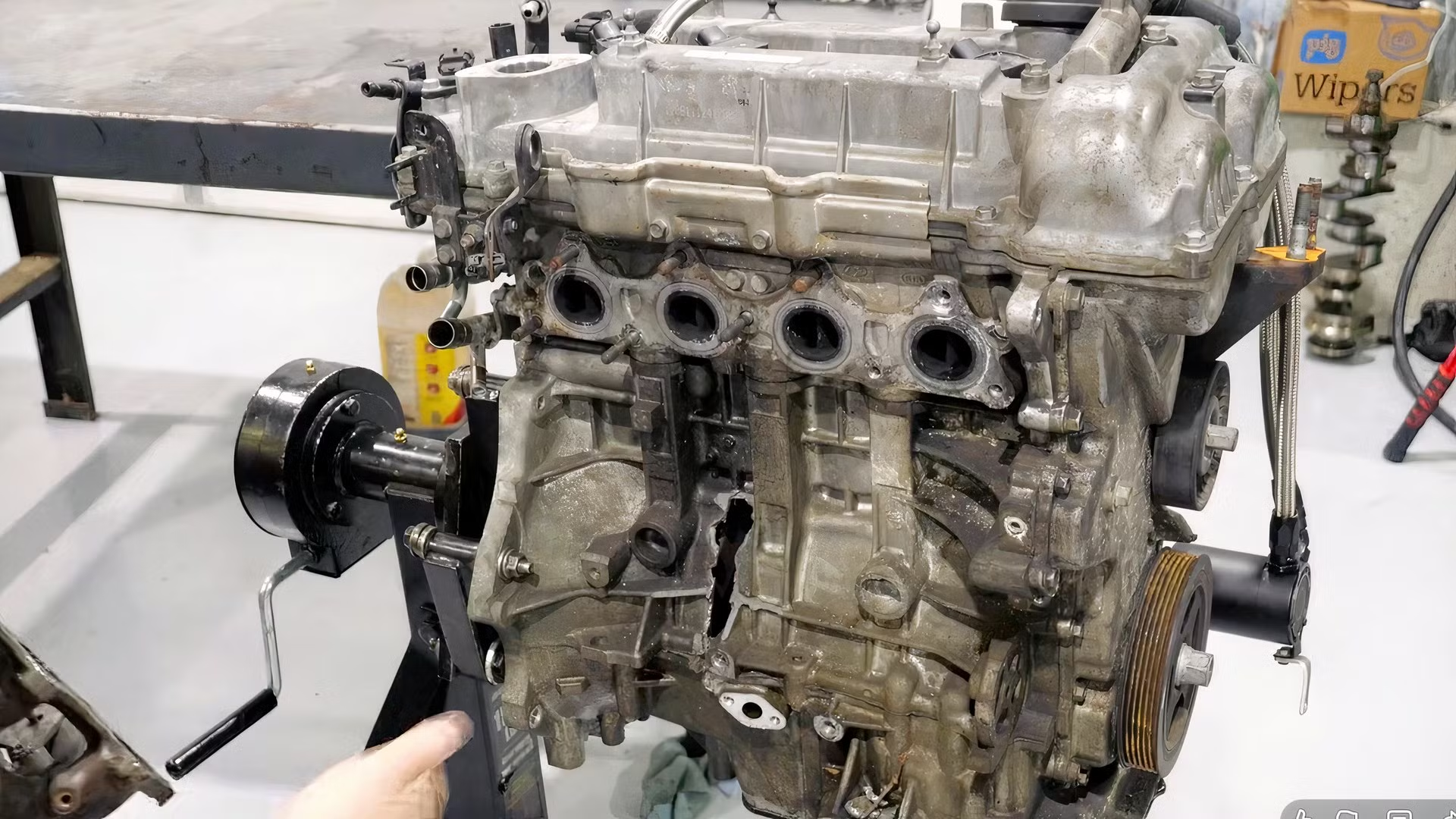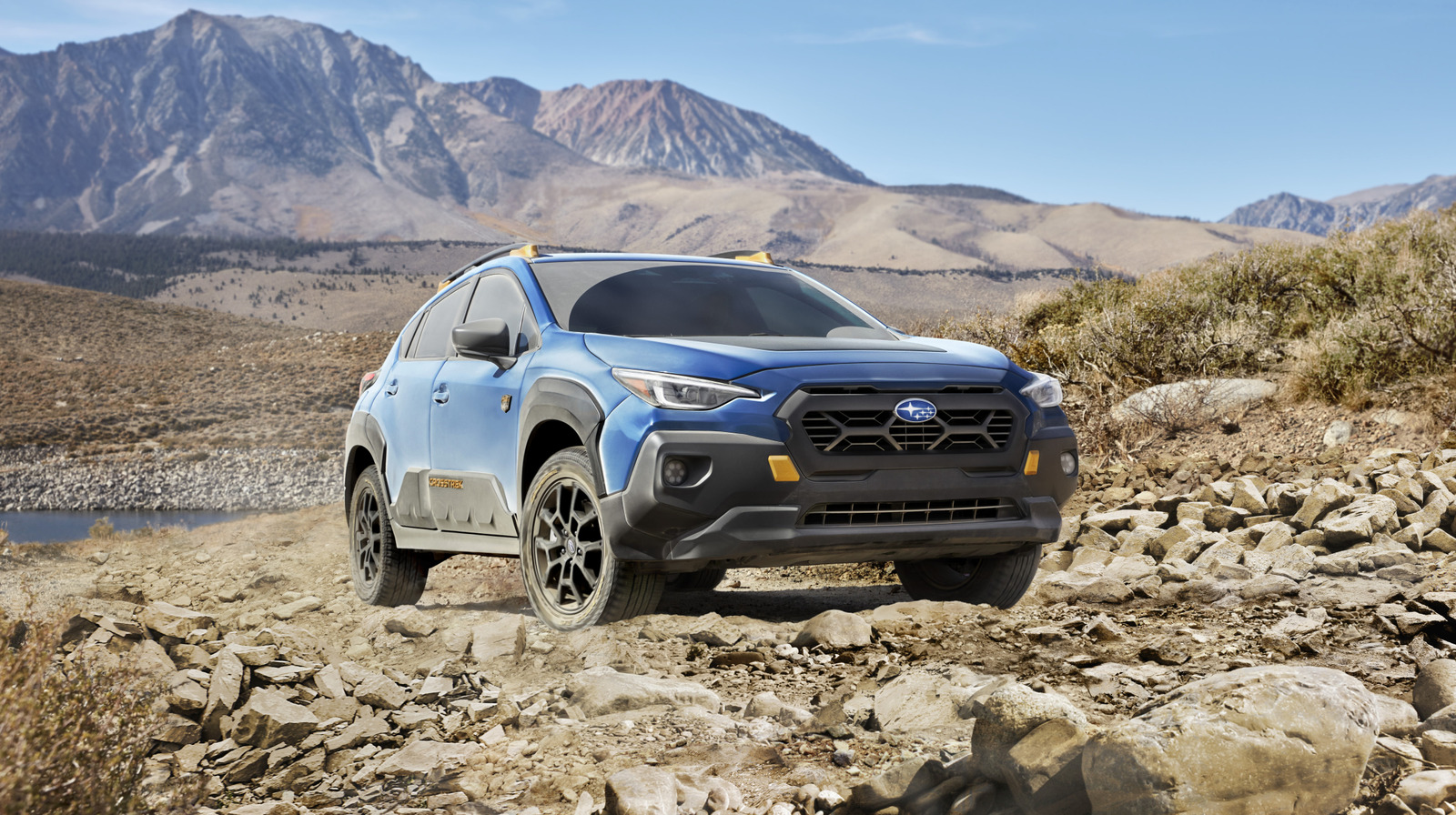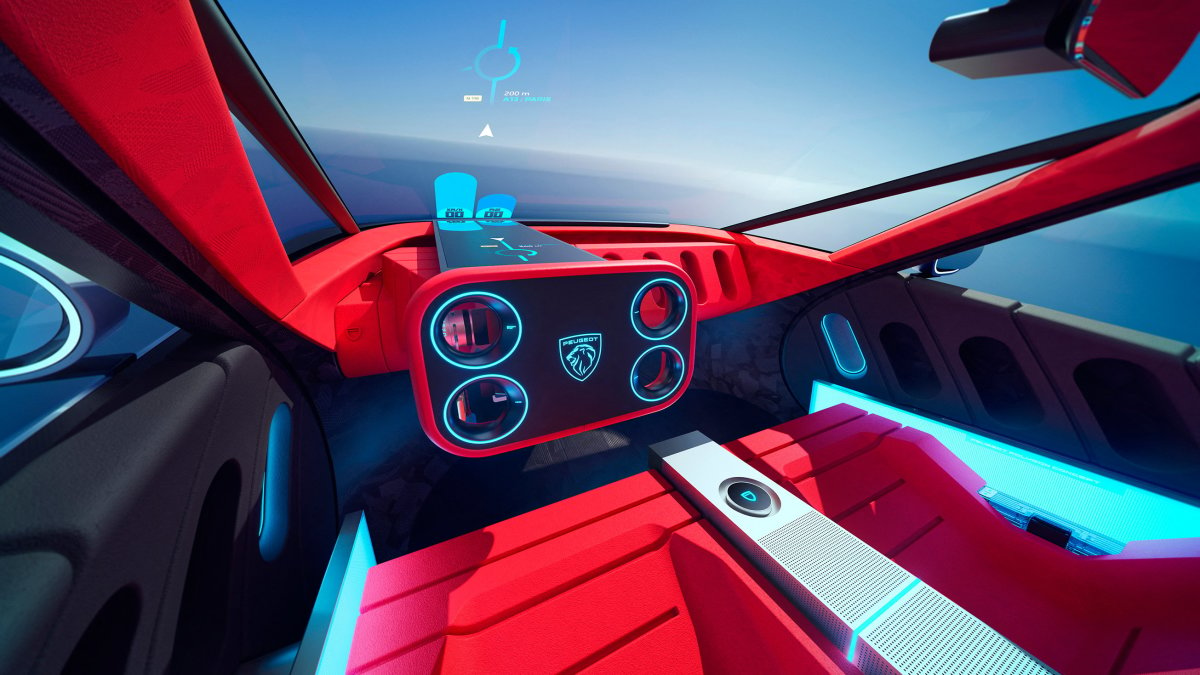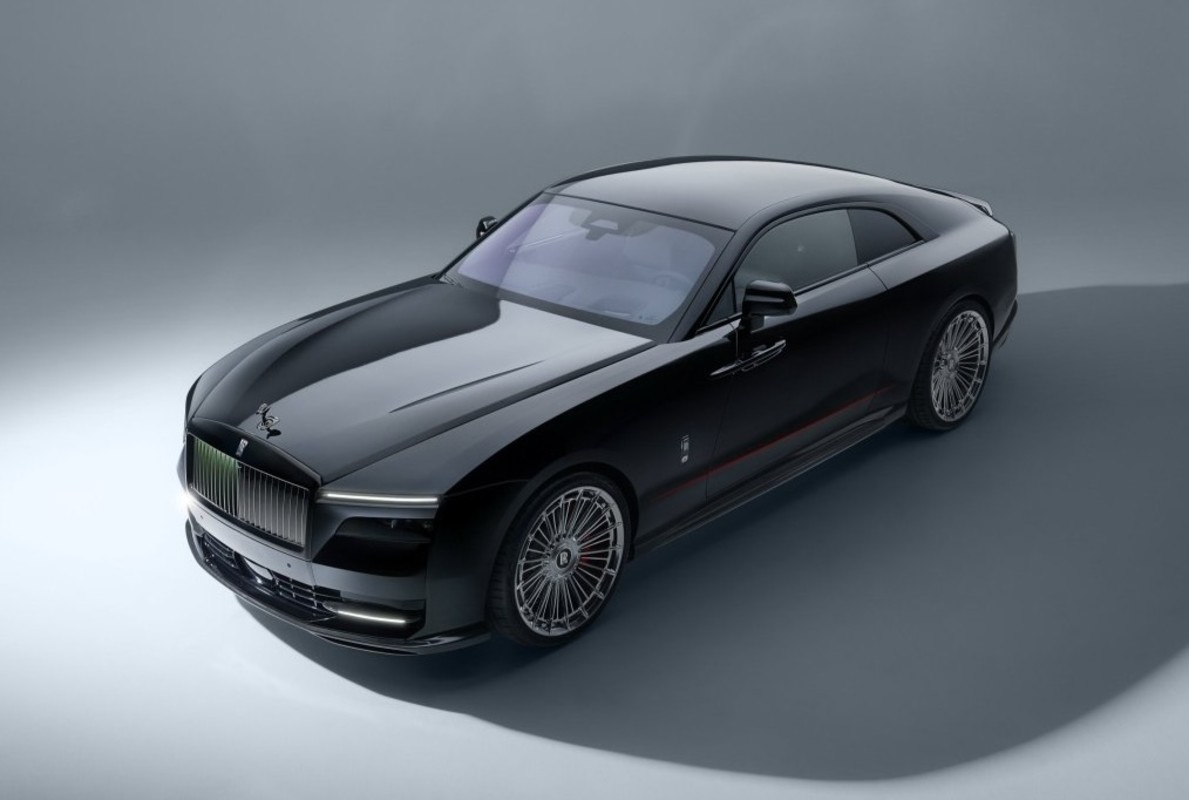The concept that shouldn’t have been – but became a legend
It’s a rare thing for public relations managers to perform extreme tests on their company’s products, but that was the inadvertent fate of a senior PR from Peugeot back in 2010.
Out very early to recce a test route before his press guests arrived, he and a colleague took an RCZ into the foothills of the Pyrenees, in north-east Spain, to check that there were no new hazards. Sometimes roadworks can suddenly appear, instantly undermining the pre-planned route.
Our man was indeed undermined, not by a fresh-dug hole in the road but by ice – the RCZ catching a sheet that sent it skating straight off the road. It was a mountain curve with a pretty steep drop-off, and the Peugeot crashed a long way down a hillside and deep into some trees. It must have been terrifying.
Neither he nor his colleague was seriously hurt, but they were badly shaken, and there was a steep climb to get back to the road. And, the pair gradually realised, they were invisible to passing vehicles being well below the level of the road, and in the middle of nowhere.
But help was to be found in the roof console of the RCZ, this the first Peugeot to have an SOS button that could contact the emergency services and pinpoint its location. Rescue was not long coming, although the PRs were told to take time off before returning to duty. The incident must have taken the shine off launching one of Peugeot’s most exciting models for years, even if the RCZ had done a great job of protecting its occupants during – and after – the crash.
The RCZ was exciting not only for the way it looked, but also because Peugeot had never intended to make it in the first place – this sexy, Audi TT-like coupé originally a concept car and nothing more.
The ‘nothing more’ is often the trouble with concept cars, in that they usually generate a wave of lust that’s very likely to be unrequited. Though not before said desires are further fired by the concept’s creators’ talk of mulling over the possibilities for production. Which is usually followed by no production at all. Or if manufacturing does ensue, the showroom model is not quite the car that we saw in the first place.
But there are exceptions, some entirely planned like the Honda E and Jaguar I-Pace concepts, and a few that were never intended for production, their makers saying as much at the outset, only for a factory to be tooled up to produce the gem in question.
And that was the story with the Peugeot RCZ. Or the 308 RCZ, as it was labelled when revealed as a concept at the Frankfurt show in 2007. Back then it was merely an exploration, a hint that Peugeot was thinking about rekindling the more dynamic, sporting reputation that it once had. Reaction to the compact front-drive coupé was so enthusiastic, however, that Peugeot changed its mind and went ahead with it after all, the production version unveiled at the same show two years later, before going on sale in April 2010.
And unlike many of the concepts transitioning to the real world of regulations and production feasibility, the RCZ was satisfyingly close, if not quite identical, to the original. The soft longitudinal indentation that ran from the roof and into the rear window was still there, creating the so-called double-bubble profile of many Zagato-bodied cars, so were the swooping polished aluminium roof trims and so was a front-end design heavily reminiscent of the rather less exciting 308 hatchback it was intended to glamorise. Although the 308 prefix was dropped for the production model, making this the first production Peugeot not to carry a three-digit number with a zero in it.
Being 308-based, the RCZ was front-wheel drive – potentially a slight downer for enthusiasts except that, in the past, Peugeot’s supremely entertaining 106 Rallye, 205 GT, 306 GTi-6 and 405 Mi16 demonstrated that you could have at least as much fun with this mechanical format as with a rear-driver. Engines included a 1.6 turbo petrol of 154bhp (the so-called Prince engine shared with Mini), the same unit with 197bhp and an HDi diesel of 161bhp, the last of these a popular choice in the era before oil-burner vilification. The result was never less than brisk performance: the diesel pumped enough torque to lightly outsprint the base petrol engine’s 8.4sec 0-62mph time, while the 197bhp version achieved the same feat in 7.5sec.
So, did it handle? It did. The Pug’s thrusting nose was an eager nuzzler of apexes, its steely grip and fine balance allowing high cornering speeds. This was a better-handling Peugeot than of late, the more so because you were enjoying it in a low-sling, glamorous coupé. Truth was, though, that the RCZ’s steering was largely mute, and its suspension well short of serving the exquisite poise delivered by those fabled earlier models.
Still, the RCZ had a classy, well-made cabin, it looked terrific and it was relatively affordable. It sold well, and the spotlight once again shone on its slinky curves when the RCZ R was announced, this a 266bhp version with a Torsen diff, Alcon suspension upgrades, reduced weight and a 5.9sec 0-62mph. The R’s girded chassis easily handled the extra power and turned the RCZ into a truly rapid machine, if still one of somewhat dulled tactile messaging.
